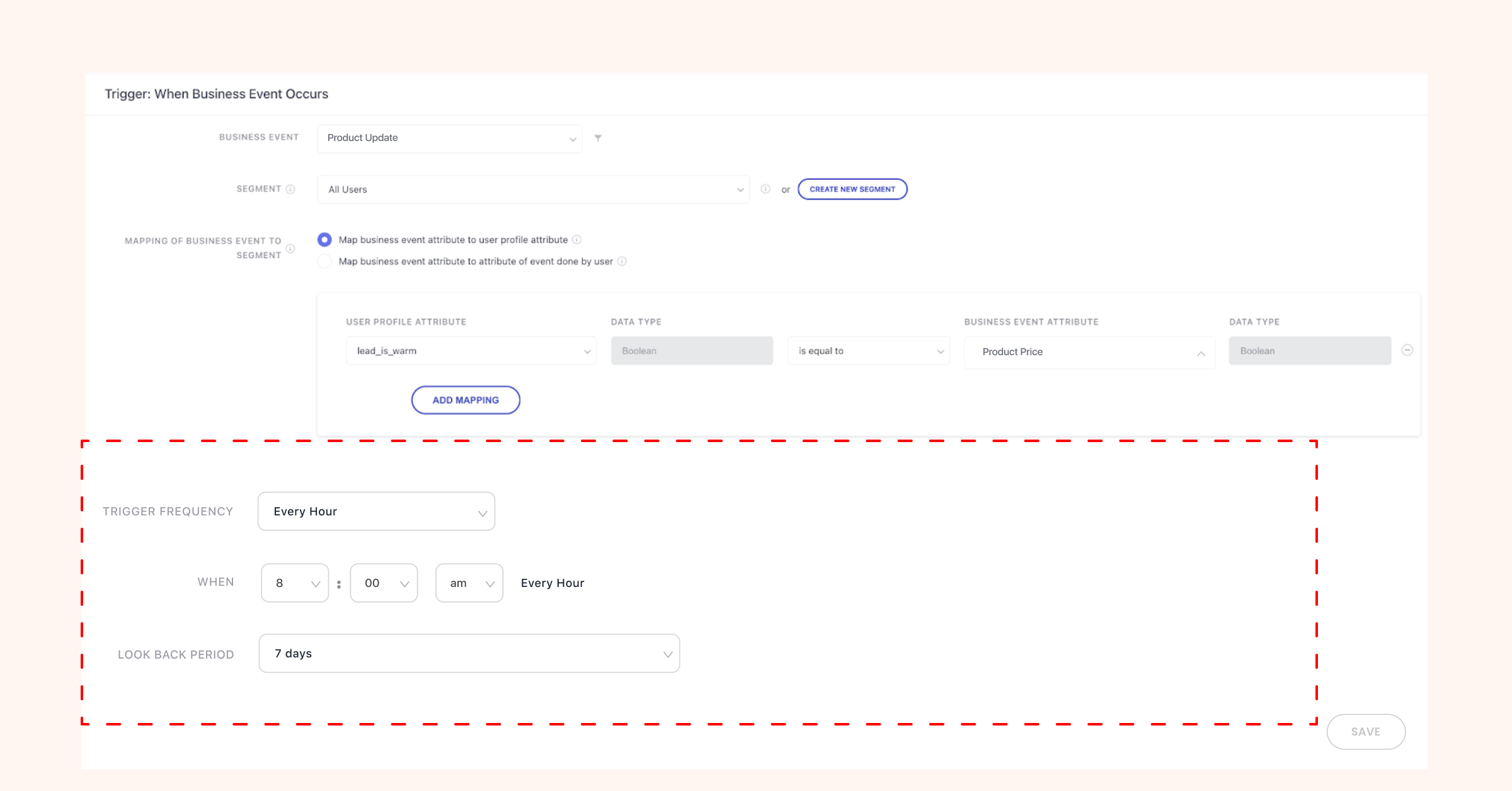Inductive couplers are reshaping industrial connectivity by enabling wireless power and data transmission across air gaps. In this blog, I explore the mechanics behind inductive couplers, from magnetic fields facilitating power transfer to bidirectional data communication. I’ll look at...
Inductive couplers are reshaping industrial connectivity by enabling wireless power and data transmission across air gaps. In this blog, I explore the mechanics behind inductive couplers, from magnetic fields facilitating power transfer to bidirectional data communication. I’ll look at applications like end-of-arm tooling, rotary indexing tables, and rapid die change systems to discover how inductive couplers enhance flexibility, durability, and reliability in manufacturing. Additionally, I’ll review the benefits of this technology, poised to revolutionize wireless connectivity in industrial settings.
Inductive couplers: what they are and how they work
Inductive couplers transmit power and data wirelessly without physical connection over an air gap. They are used in various industrial applications such as end-of-arm tooling, rotary indexing tables as well and rapid die change.
Inductive couplers consist of two components: a base (transmitter) and a remote (receiver). The base is connected to a power source and a controller. The remote is attached to a load, such as a hub powering sensors or actuators. Power and data are transferred when the base and remote are in range and aligned on a common axis.
The base generates a magnetic field by passing a current through a coil. The magnetic field induces a voltage in the coil of the remote, which powers the load. The power transfer is based on the principle of electromagnetic induction, which states that a changing magnetic field creates an electric potential difference across a conductor.
The data transfer is also based on electromagnetic induction but with a different frequency and modulation scheme. The base and the remote can communicate bidirectionally by modulating the amplitude, frequency, or phase of their currents. The data signals are superimposed on the power signals and can be decoded by the controller.
Applications that can benefit from inductive coupling
Inductive coupling finds valuable applications in various scenarios, such as:
End-of-arm tooling: Inductive couplers can power and control robotic arms, grippers, or tools, without limiting their mobility or functionality. They can also enable wireless charging of autonomous robots or drones. This technology’s contribution also extends to:
Increased flexibility in robot movements. Since there are no physical connections, the robot can move freely without worrying about cable management or connector wear. Improved durability in harsh industrial environments, as inductive couplers are typically sealed and resistant to dust, dirt, and moisture. Fast tool change on robots. Since there’s no need to manually disconnect and reconnect cables, tool changes can be done quickly and efficiently. More reliability than pin-based connector systems, especially for low power sensors. They can create a more stable connection, reducing the risk of signal loss or interruption.Rotary indexing tables: Machine tool positioning devices used to move parts in programmed, increments so they can be machined or assembled. During operation, the table rotates around a central axis, stops at a predetermined location, remains in that position while an operation is performed, and then rotates to the next position. Powering sensors on a rotary indexing table can be achieved through various methods, but the most efficient way is using inductive coupling which allows for the transfer of power and data without physical contact. it is particularly useful in applications where the rotary indexing table must be able to move in complex ways.
Rapid die change: The quick die change system includes a combination of a die transfer arm, die clamp, die lifter, operation box, and power pump. Through the combination of automated equipment, the product changeover time, production start-up time, or adjustment time of the mold can be minimized. Users can quickly change the mold and clamp the mold, reduce mold change time, produce a variety of small quantities, and reduce inventory and output.
Inductive coupling can be advantageous for die change in industrial automation. Stampers can integrate inductively coupled connector systems to enable rapid die change. This technology can be used for joining die segments, easing the changeout of transfer arms, and communication during transfer functions.
Disadvantages of pin style connectors. Soldered connections can be sensitive to both corrosion and vibration. The filler metal used for the soldering connection will degrade over time and can cause connection failures.
Slip rings are often used in automated assembly lines and packaging machinery, where continuous rotation is required for the system to efficiently operate. They are also used in the food and beverage industry, wind turbines, factory automation, robotics, radars, medical imaging equipment, monitoring equipment, and many others.
Despite their versatility, slip rings come with a complex construction, which includes components such as rings and brushes. These components require regular inspection, cleaning, and maintenance to ensure optimal performance. Failure to maintain slip rings and brushes properly can result in poor electrical contact, increased resistance, and reduced motor efficiency.
The presence of slip rings and brushes introduces additional points of potential wear and tear, requiring inspection, cleaning, and replacement when necessary. This increased maintenance requirement can result in higher downtime and maintenance costs compared to other motor types.
What are the benefits of using inductive couplers?
Inductive couplers offer several advantages that make them a preferred choice in various applications. One key benefit is their flexibility, as they can be easily installed and reconfigured without the need for complex wiring or connectors. Unlike traditional methods, inductive couplers allow for misalignment of up to 15-20 degrees of angular offset or 2-4mm of axial offset while still maintaining functionality.
Another notable advantage is their reliability, as they are immune to wear and tear, corrosion, vibration, or dirt that may affect the performance of standard mechanical contacts. With both the base and remote components fully encapsulated, typically featuring an IP67 protection class, environmental concerns are effectively mitigated.
Additionally, inductive couplers enhance safety by eliminating the risk of electric shocks, sparks, or short circuits commonly associated with exposed conductors or contacts. They also reduce the electromagnetic interference that can affect signal quality or damage electrical components.
Overall, the use of inductive couplers brings about a combination of flexibility, reliability, and safety, making them a valuable choice in various industrial and technological settings.
The post Remote Power Through Inductive Coupling appeared first on AUTOMATION INSIGHTS.













